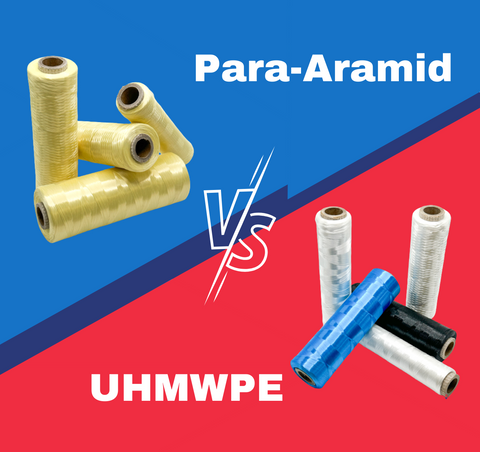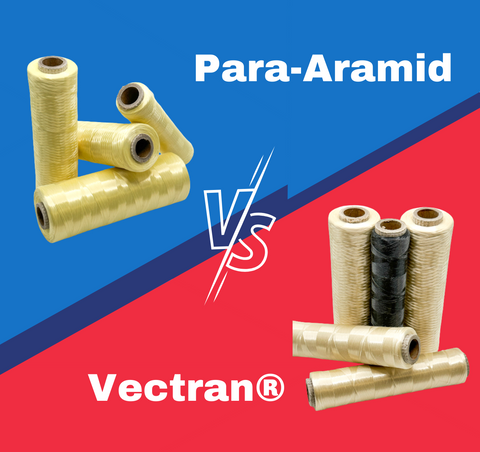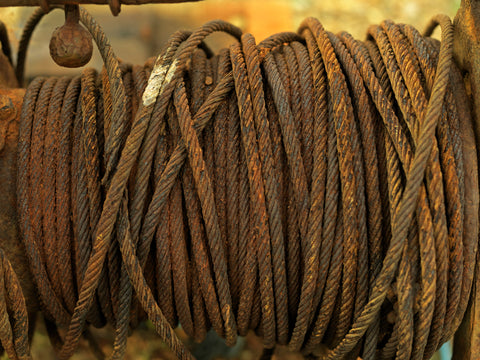Para-Aramid Vs. UHMWPE
When comparing the properties of para-aramid and UHMWPE (Ultra-High Molecular Weight Polyethylene), several key differences emerge. UHMWPE exhibits a better strength-to-weight ratio, superior UV resistance, and improved chemical resistance. In contrast, para-aramid demonstrates significantly better thermal and flame resistance.
UHMWPE stands out for its remarkable strength-to-weight ratio. UHMWPE fibers have a specific gravity of 0.97 compared to 1.44 for Para-Aramids. A specific gravity under 1 means that UHMWPE will float in water. This property enables the creation of lightweight protective gear, high-performance ropes, and ballistic materials, contributing to improved mobility and reduced fatigue for users.
Another advantage of UHMWPE is its superior UV resistance. The fibers display excellent resistance to degradation and maintain their mechanical properties even when exposed to prolonged sunlight. This UV resistance is valuable in applications where outdoor exposure is common, such as in marine environments or outdoor sporting equipment. UHMWPE fibers remain durable and reliable over extended periods of UV exposure.
Furthermore, UHMWPE demonstrates enhanced chemical resistance compared to para-aramid fibers. It is highly resistant to a wide range of chemicals, including acids, alkalis, and solvents. This chemical resistance makes UHMWPE fibers suitable for applications in corrosive environments or where exposure to chemicals is expected, such as chemical handling, industrial processes, or marine applications.
On the other hand, para-aramid fibers excel in thermal and flame resistance. They possess remarkable resistance to high temperatures and do not readily ignite or propagate flames. Para-aramid fibers are widely used in applications that require protection against heat, flame, and thermal hazards, including firefighting gear, protective clothing, and insulation materials. They provide vital thermal protection and contribute to the safety and performance of individuals working in high-temperature environments. Where UHMWPE fibers will melt starting at 150°C, Para-Aramid fibers can survive up to 420°C.
In summary, the properties of para-aramid and UHMWPE fibers offer distinct advantages for different applications. UHMWPE stands out with its superior strength-to-weight ratio, UV resistance, and chemical resistance. These properties make it ideal for lightweight applications requiring high strength and durability in challenging environments. Para-aramid, on the other hand, offers exceptional thermal and flame resistance, making it indispensable in applications demanding protection against high temperatures and fire hazards. The choice between these fibers depends on the specific requirements of the application, considering factors such as strength, weight, UV exposure, chemical exposure, and thermal hazards.




